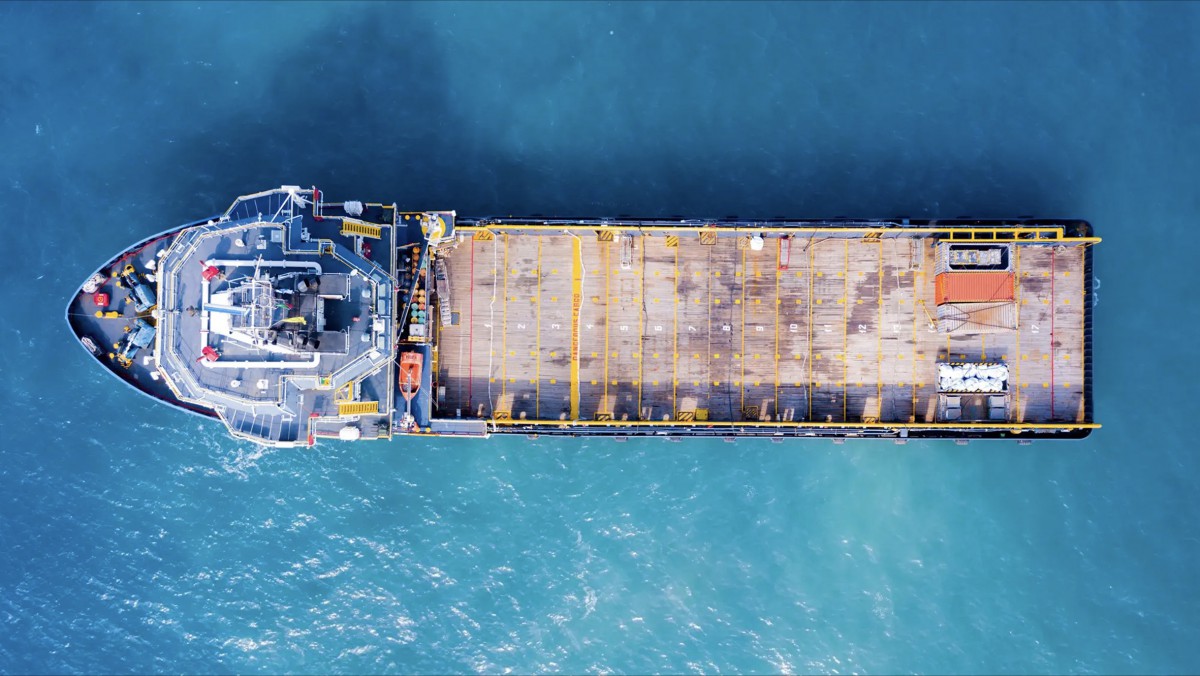The Ship Conversion Market is estimated to be valued at US$ 13.46 Bn in 2023 and is expected to exhibit a CAGR of 7.7% over the forecast period 2023 to 2030, as highlighted in a new report published by Coherent Market Insights.
Market Overview:
Ship conversion involves modifying existing ships to suit changing market needs and requirements. Some common ship conversion activities include refurbishing passenger ships into cruise liners, converting oil tankers into floating storage and regasification units (FSRUs), and transforming general cargo ships into accommodation and supply vessels. The ship conversion market helps extend the useful life of vessels and adapt them for diverse applications in industries like offshore oil & gas exploration, maritime tourism, cargo transport, and defense.
Market Dynamics:
The growth of the ship conversion market is driven by two key factors. Firstly, rising offshore oil and gas exploration activities are prompting companies to convert existing tankers and cargo ships into floating production storage and offloading (FPSO) units, floating storage regasification units (FSRUs), and drill ships. According to industry estimates, around 120 FPSOs and FSRUs will be required by 2030 to support new offshore oil and gas field development globally. Secondly, an increasing number of cruise operators are converting general cargo ships and ferries into small-sized cruise vessels to benefit from the burgeoning coastal and river cruise markets. Expansion of maritime tourism is expected to open up new growth avenues for ship conversion market players over the forecast period.
Segment Analysis
The Ship Conversion market can be segmented into Oil and Chemical Tankers, Bulk Carriers, Container Ships, Gas Carriers, Roll-on/Roll-off Vessels and Other Type of Ships. The oil and chemical tankers segment dominated the market in 2022 and is expected to continue its dominance during the forecast period. This is because oil and chemical tankers require frequent repairs, retrofitting and refurbishments in order to comply with the changing maritime regulations on safety, security and environmental protection.
PEST Analysis
Political: Stringent regulations surrounding maritime safety and environmental protection have increased the demand for ship repair and conversions. International Maritime Organization (IMO) regulations need to be complied with.
Economic: Strong economic growth in Asia Pacific and Middle East is generating higher trade volumes and demand for shipping. This positively impacts the ship conversion market.
Social: Increased international trade and globalization has led to growth in seaborne trade volumes. This has increased the demand for ship conversions to upgrade existing fleet.
Technological: Adoption of advanced materials, digitalization and automation is helping ship conversion services to improve efficiency and reduce cost and time for renovations. Use of 3D printing and AI/IoT is gaining traction.
Key Takeaways
The global Ship Conversion market is expected to witness high growth, exhibiting CAGR of 7.7% over the forecast period 2023 to 2030, due to increasing seaborne trade volumes globally. The market size for Ship Conversion is expected to reach US$ 23.57 billion by 2030 from US$ 13.46 billion in 2023.
Regional analysis: Asia Pacific region dominated the global ship conversion market in 2022 with over 35% share. China, Japan and South Korea have emerged as major conversion hubs. Growing intra-Asia trade and presence of shipyards in China, South Korea and Japan drive the regional market.
Key players: Key players operating in the Ship Conversion market are Sembcorp Marine, Hyundai Heavy Industries, CSSC Chengxi Shipyard, Damen Shipyards Group, Cochin Shipyard, Fincantieri, Orient Shipyard, VARD Group, Wilson Sons, Oman Drydock Company, Bahri Abha Shipyard, Abu Dhabi Ship Building, N-KOM, Keppel Shipyard, Tebma Shipyards, Lamprell, Drydocks World, Dae Sun Shipbuilding, Shunzheng Shipyard, HHIC-Phil. Sembcorp Marine, Hyundai Heavy Industries and CSSC Chengxi Shipyard are the top players in the market due to their large global footprint and service portfolio.
*Note:
1. Source: Coherent Market Insights, Public sources, Desk research
2. We have leveraged AI tools to mine information and compile it




